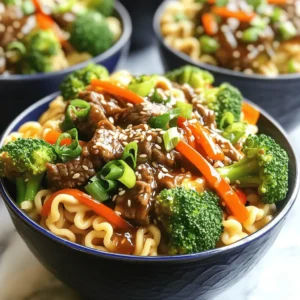Latest & Greatest
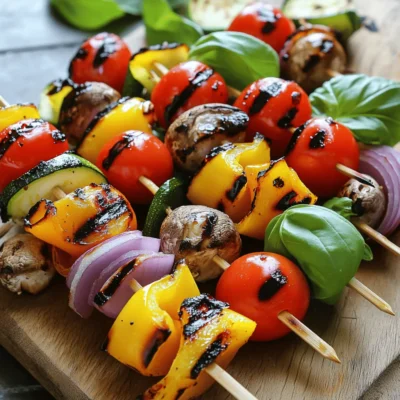
Grilled Vegetable Skewers Vibrant and Flavorful Dish
Grilled vegetable skewers are a colorful and tasty dish that anyone can enjoy. I love how easy they are to
Read more…
Tiramisu Brownies Irresistible Coffee Dessert Delight
If you love coffee and dessert, you’re in for a treat! Tiramisu Brownies combine rich chocolate with creamy mascarpone and
Read more…
Easy Cherry Pie Delightful and Simple Recipe Guide
Looking for a quick and tasty dessert? This Easy Cherry Pie will make your taste buds sing! With just a
Read more…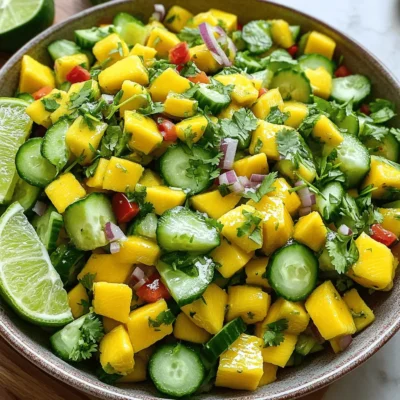
Refreshing Mango Salad with Lime Dressing Delight
Are you ready to beat the heat with a delicious and easy dish? This Refreshing Mango Salad with Lime Dressing
Read more…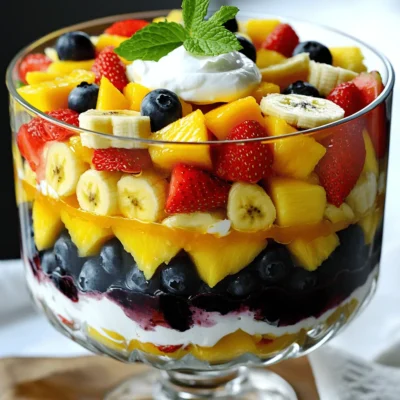
Layered Fruit Salad with Citrus Dressing Delight
Are you ready to impress your taste buds? My Layered Fruit Salad with Citrus Dressing combines fresh, vibrant fruits to
Read more…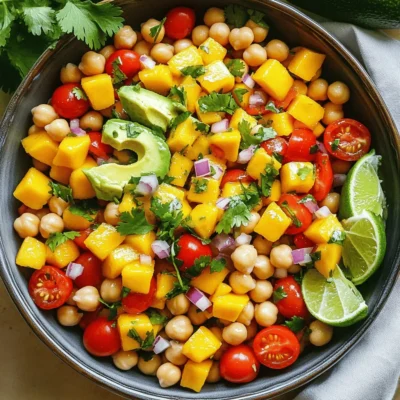
Mango Chickpea Salad Fresh and Flavorful Dish
Are you ready to brighten your meal with a Mango Chickpea Salad? This fresh and colorful dish is packed with
Read more…
Lemon Iced Tea Refreshing and Easy Recipe Guide
Looking for a refreshing drink that’s easy to make? Lemon Iced Tea is the perfect choice! In this guide, I’ll
Read more…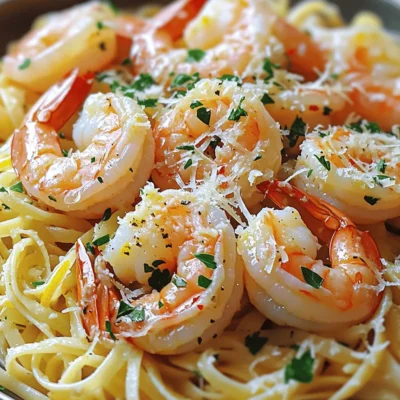
Lemon Garlic Shrimp Scampi Flavorful and Simple Dish
If you’re craving a dish that’s both bright and simple, look no further! Lemon Garlic Shrimp Scampi is a quick
Read more…browse recipes
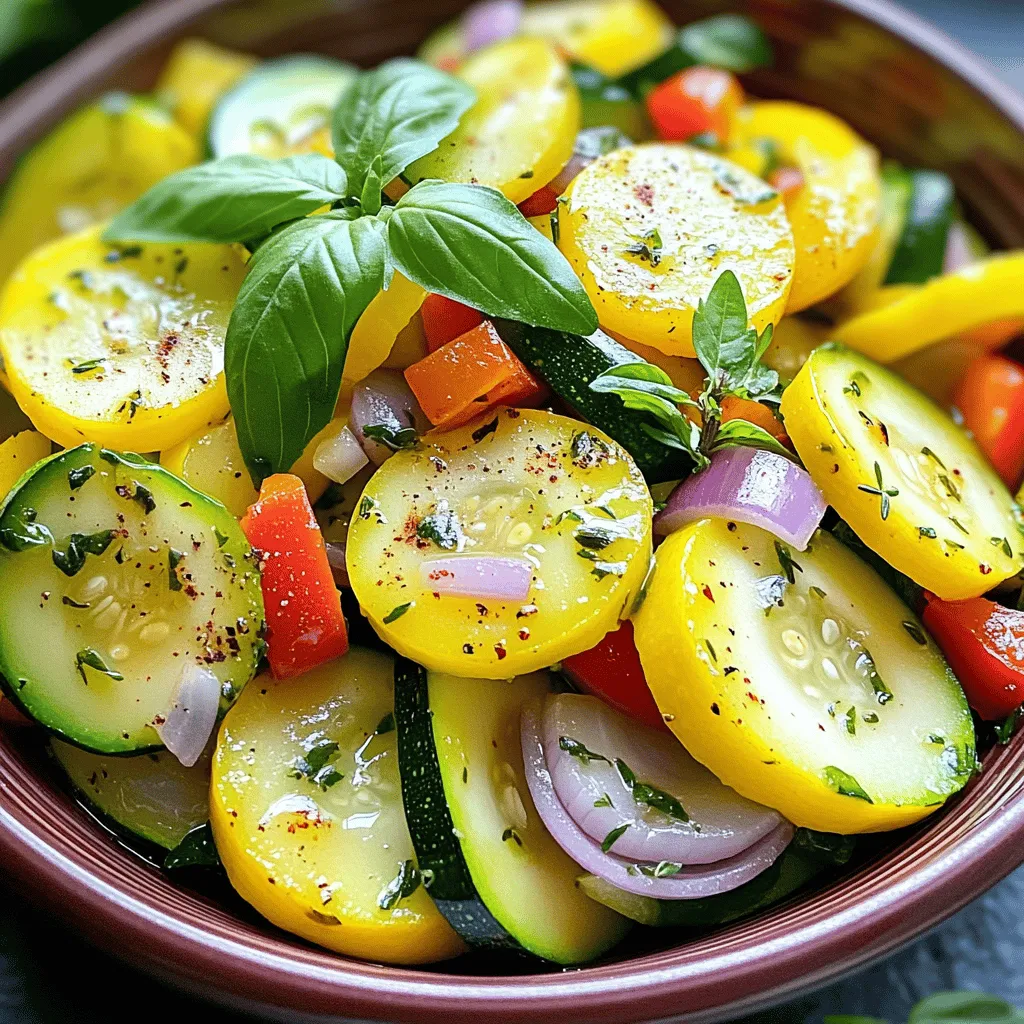
Sautéed Squash and Zucchini Fresh and Flavorful Dish
If you want a quick, tasty dish, sautéed squash and zucchini is perfect. This fresh and colorful meal packs a punch of flavor and…
My Latest Desserts
Mini Vanilla Cream Tarts with Raspberries Delight
Welcome to the sweet world of Mini Vanilla Cream Tarts with Raspberries! Today, I’ll show you how to make these Read Full RecipeFrozen Yogurt Bark Delightful and Simple Treat
If you’re looking for a quick, tasty treat, frozen yogurt bark is a winner. It’s easy to make and fun Read Full RecipeFruit Salad with Honey Lime Dressing Easy Recipe
Looking for a fresh and easy treat? This Fruit Salad with Honey Lime Dressing is the perfect choice. Bursting with Read Full RecipeBlueberry Cheesecake Bars Simple and Delicious Treat
Looking for a dessert that’s easy to make and bursting with flavor? You’ve found it! These Blueberry Cheesecake Bars are Read Full RecipeLemon Cheesecake Crumb Bars Delightful and Fresh Treat
Are you ready to brighten your day with a sweet treat? These Lemon Cheesecake Crumb Bars combine creamy cheesecake with Read Full RecipeBlueberry Heaven Cookies Irresistible Sweet Treat
Welcome to your new favorite cookie recipe! Blueberry Heaven Cookies are the perfect blend of sweet and tart, making them Read Full RecipeLemon Blueberry Sorbet Fresh and Refreshing Delight
Cool off with a bowl of Lemon Blueberry Sorbet! This sweet, tangy treat is perfect for hot days. You only Read Full RecipeLemon Blueberry Cupcakes Delightful and Light Treat
Are you ready to indulge in a sweet treat that brightens your day? These Lemon Blueberry Cupcakes are just what Read Full RecipeBlueberry Cheesecake Cookies Delightful and Easy Recipe
If you love the sweet and tangy combo of blueberry cheesecake, you’re in for a treat! I’ll show you how Read Full RecipeGreek Yogurt Ice Cream Creamy and Simple Delight
Looking for a cool treat that’s both delicious and easy to make? Greek yogurt ice cream is your answer! This Read Full Recipe
hey,
i’m !
I’m so happy you’re here!
I pour heart and skill into every recipe I create. I know you’ll taste the difference now let’s enjoy this flavorful adventure together.
Mango Avocado Salsa Fresh and Flavorful Recipe
Are you ready to elevate your snack game? This Mango Avocado Salsa is a burst of fresh flavor that you’ll want at every meal.…
![- 1 ripe mango, diced - 2 ripe avocados, diced - 1 small red onion, finely chopped - 1 jalapeño, seeded and minced (adjust for spice preference) - 1/4 cup fresh cilantro, chopped - Juice of 1 lime - 1 tablespoon extra virgin olive oil - Salt and pepper to taste Mangoes are sweet and juicy. They are high in vitamin C and fiber. Avocados add creaminess and healthy fats. They help you feel full. Red onions give a nice crunch and flavor. They also have antioxidants. Jalapeños add a spicy kick and boost metabolism. Cilantro adds freshness and bright flavor. Lime juice keeps the salsa vibrant and tangy. Olive oil smooths the texture and adds richness. Salt and pepper enhance all the flavors. When choosing mangoes, look for ones that yield slightly to pressure. They should smell sweet and fruity. For avocados, pick ones that feel soft but not mushy. The skin should be dark and slightly bumpy. Red onions should be firm and have a shiny skin. For jalapeños, choose bright green ones that feel firm. Fresh cilantro should look vibrant and smell fresh. Always buy limes that are heavy for their size; they have more juice. For the Full Recipe, check the detailed steps and enjoy your cooking! Making Mango Avocado Salsa is simple and fun. First, gather all your ingredients. Set aside about 15 minutes for prep. The key is to chop everything fresh and keep the flavors bright. 1. Start with a medium-sized bowl. Combine the diced mango and diced avocados. 2. Next, add in the finely chopped red onion. Include the minced jalapeño for a kick. Mix gently to keep the avocado intact. 3. Now, sprinkle the chopped cilantro over the mix. The fresh herbs add great flavor. 4. In a small bowl, whisk lime juice and olive oil together. This will bring all the tastes together. 5. Drizzle this mixture over your salsa. Toss everything gently until well combined. 6. Season with salt and pepper to taste. Adjust it to fit your liking. 7. Let the salsa sit for about 10 minutes. This resting time lets the flavors blend nicely. While I can’t provide images here, think of vibrant colors. The bright yellow of mango, green avocado, and red onion create a feast for the eyes! You can also find helpful videos online to guide you through the process. Watching someone else make it can spark ideas and enhance your skills. For the full recipe, check [Full Recipe]. To get the best flavor, use ripe fruit. A ripe mango is sweet and juicy. Look for avocados that yield slightly when pressed. This means they are ready to use. Fresh lime juice adds a bright taste. Use freshly chopped cilantro for a burst of freshness. Mixing these ingredients gently keeps the avocados intact, giving a lovely texture. One mistake is using unripe fruit. This can make the salsa taste bland. Another mistake is over-mixing the ingredients. This can lead to a mushy salsa. Don't forget to taste your salsa before serving. You might need more salt or lime juice to balance the flavors. Also, watch the spice level from the jalapeño. Adjust based on your taste. Serve the mango avocado salsa in a bright bowl. Add a few sprigs of cilantro on top for color. This salsa pairs well with tortilla chips for a snack. You can also use it as a topping for grilled chicken or fish. For a fresh twist, try it on tacos or in wraps. The full recipe will guide you through making this delightful dish. {{image_2}} If you like some spice, consider adding more jalapeño. You can also try serrano peppers for a different kick. For an even spicier salsa, add a dash of hot sauce. Mix in a few crushed red pepper flakes for extra heat. Remember, adjust the spice to fit your taste! This salsa is already vegetarian and vegan. You can enhance it with black beans for protein. Chopped bell peppers also add color and crunch. Try adding diced tomatoes for an extra layer of flavor. All these options keep the dish fresh and vibrant. Experiment with different fruits for new tastes. Pineapple adds a sweet and tangy twist. Try mango with peach for a fruity delight. You can also add diced cucumber for a refreshing crunch. Each of these ideas gives your salsa a unique flair. For the full recipe, refer back to the beginning! Store Mango Avocado Salsa in an airtight container. This helps keep it fresh. You can use glass or plastic containers. Always cover the salsa tightly. This prevents air from getting in and causing browning. If you want to keep it longer, consider using a vacuum sealer. Mango Avocado Salsa stays fresh for about 1 to 2 days in the fridge. After that, the avocado may start to brown. To extend its life, store it properly right after making it. If you notice browning, you can scrape off the top layer. The part below should still taste good. I do not recommend freezing Mango Avocado Salsa. The texture changes when it thaws. The avocados get mushy, and the salsa loses its fresh taste. If you need to keep it longer, try freezing the mango and avocado separately. Then, mix them fresh when you want to make salsa again. For the full recipe, check the main article. Yes, you can make Mango Avocado Salsa ahead of time. However, it is best to serve it fresh. If you make it too early, the avocados may turn brown. To slow this down, add lime juice. This helps keep the salsa looking bright and fresh. You can prepare the ingredients a few hours in advance. Just mix them right before serving. Mango Avocado Salsa pairs well with many dishes. I love serving it with tortilla chips for a fun snack. It also goes great on grilled chicken or fish. You can even use it on tacos or burritos for a fresh kick. Try it with grilled shrimp for a tasty summer meal. The sweet and spicy flavors bring dishes to life. To ripen mangoes and avocados quickly, place them in a brown paper bag. This traps the ethylene gas, which helps them ripen faster. Keep the bag at room temperature. Check them daily to see if they are ripe. If you want to speed it up even more, add an apple or banana to the bag. Enjoy ripe mangoes and avocados in no time! Mango avocado salsa brings fresh flavors into your kitchen. We covered key ingredients and their benefits, along with tips for choosing the best. I shared step-by-step instructions to guide you in making the salsa, ensuring you visualize the process. Don’t forget the tips and tricks for best flavor and common mistakes to avoid. You can even explore tasty variations and proper storage methods. Enjoy this recipe and make it your own. It’s a fun and easy way to add zest to your meals!](https://foodishtalk.com/wp-content/uploads/2025/06/44326dd1-12da-4238-ad2d-73ba06568d97.webp)
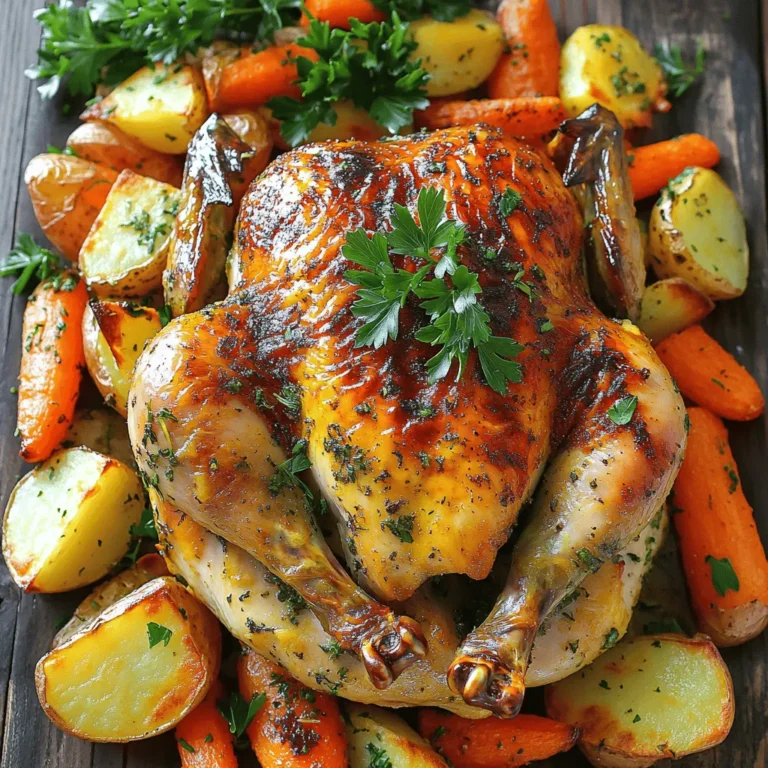

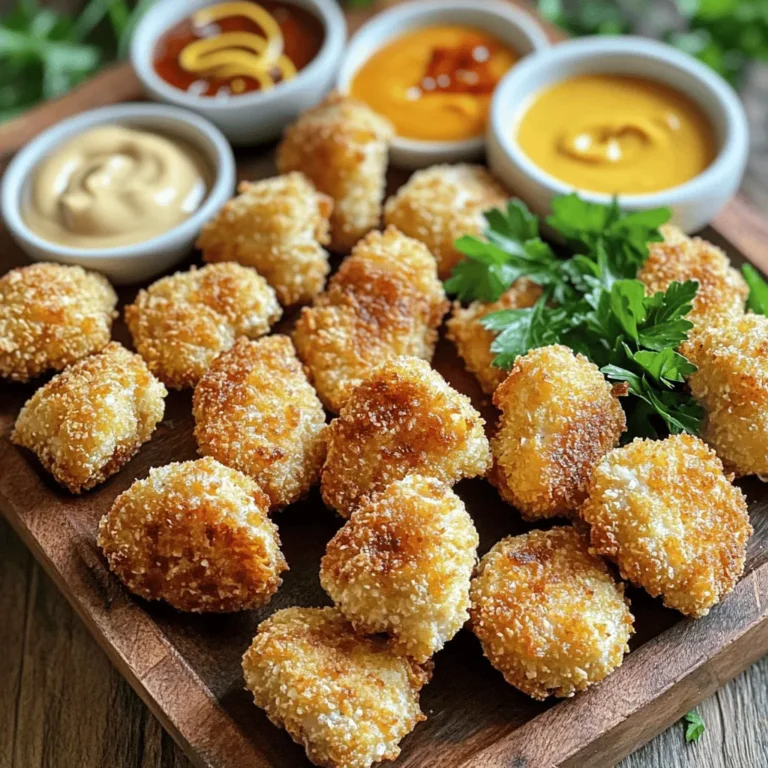






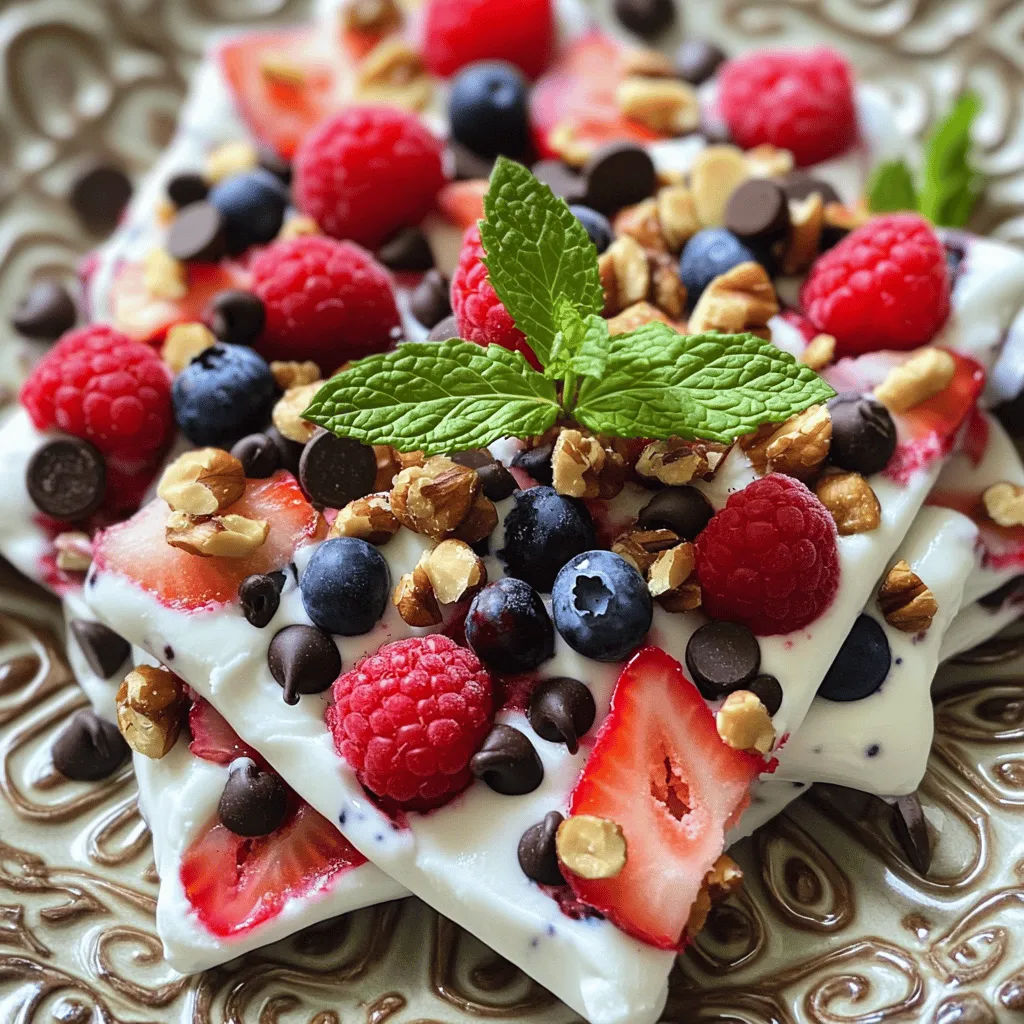
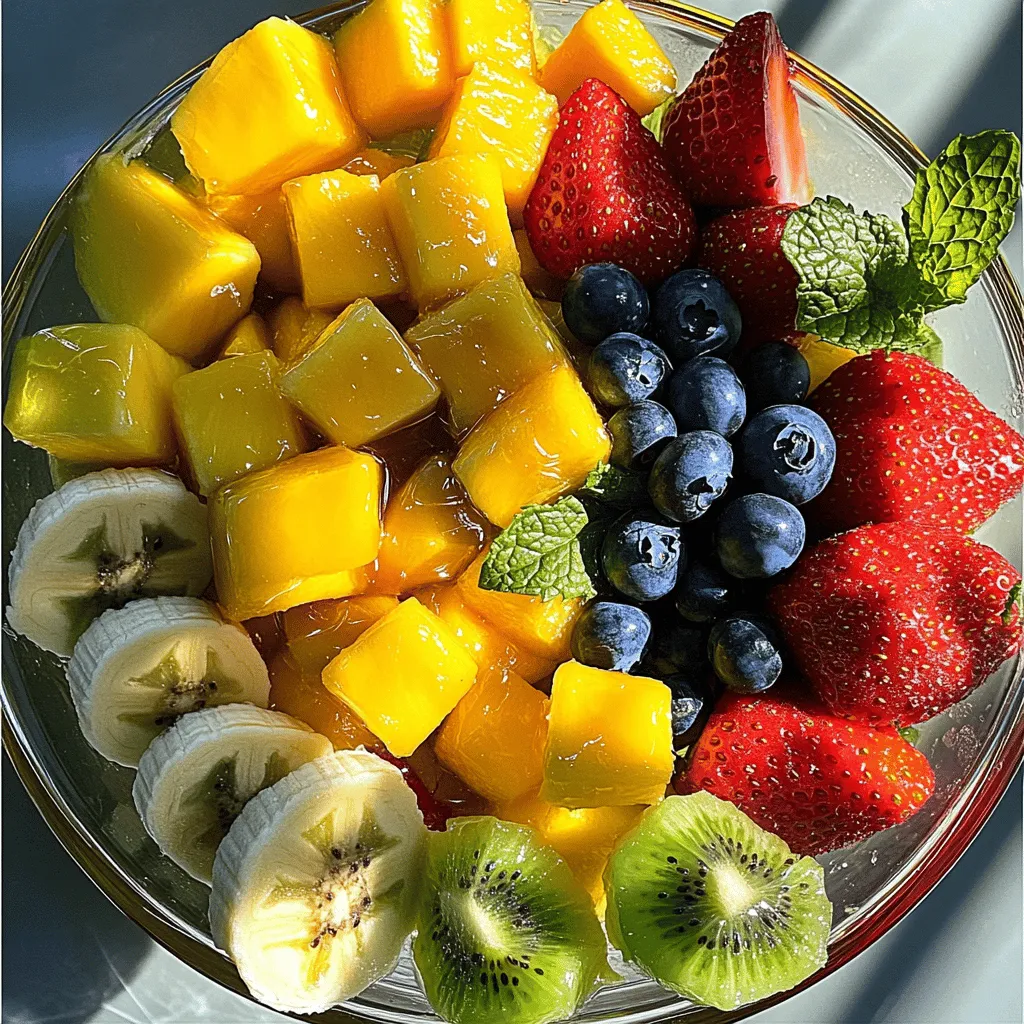
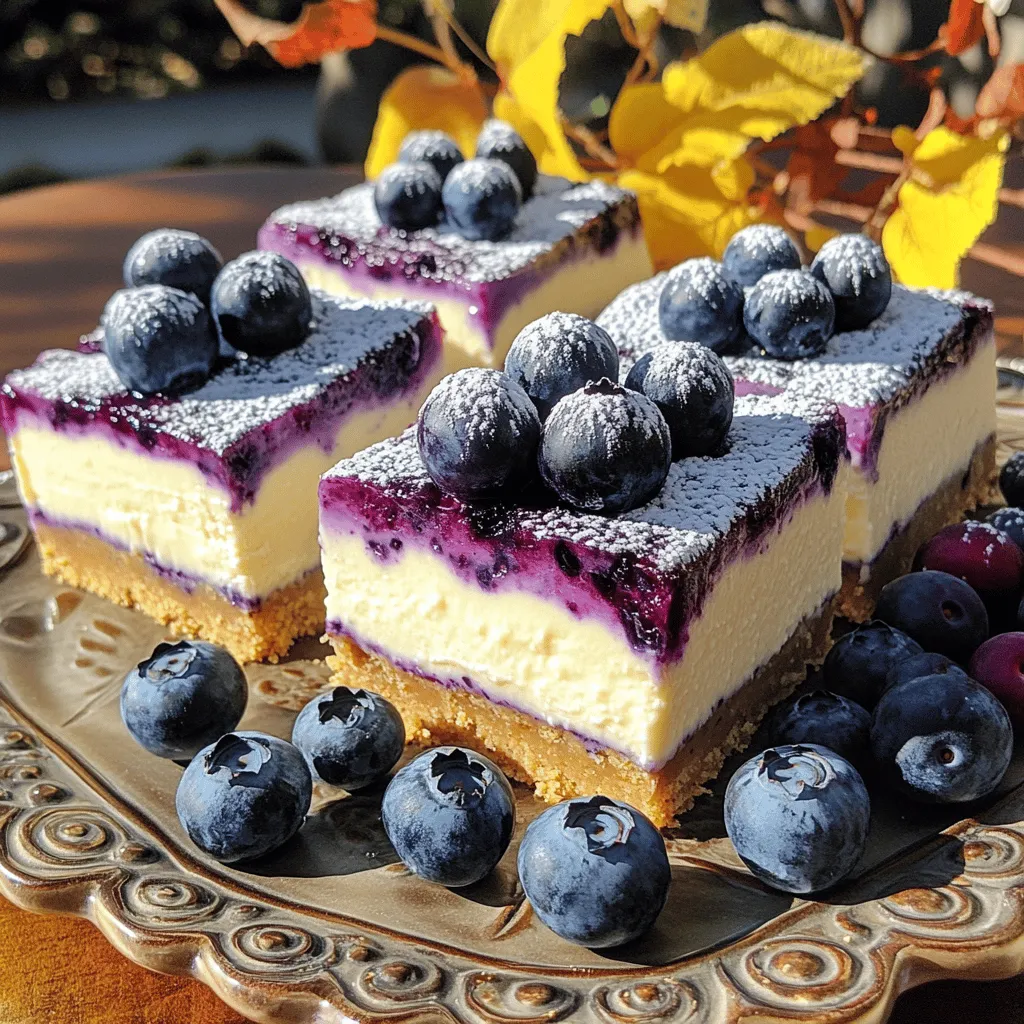


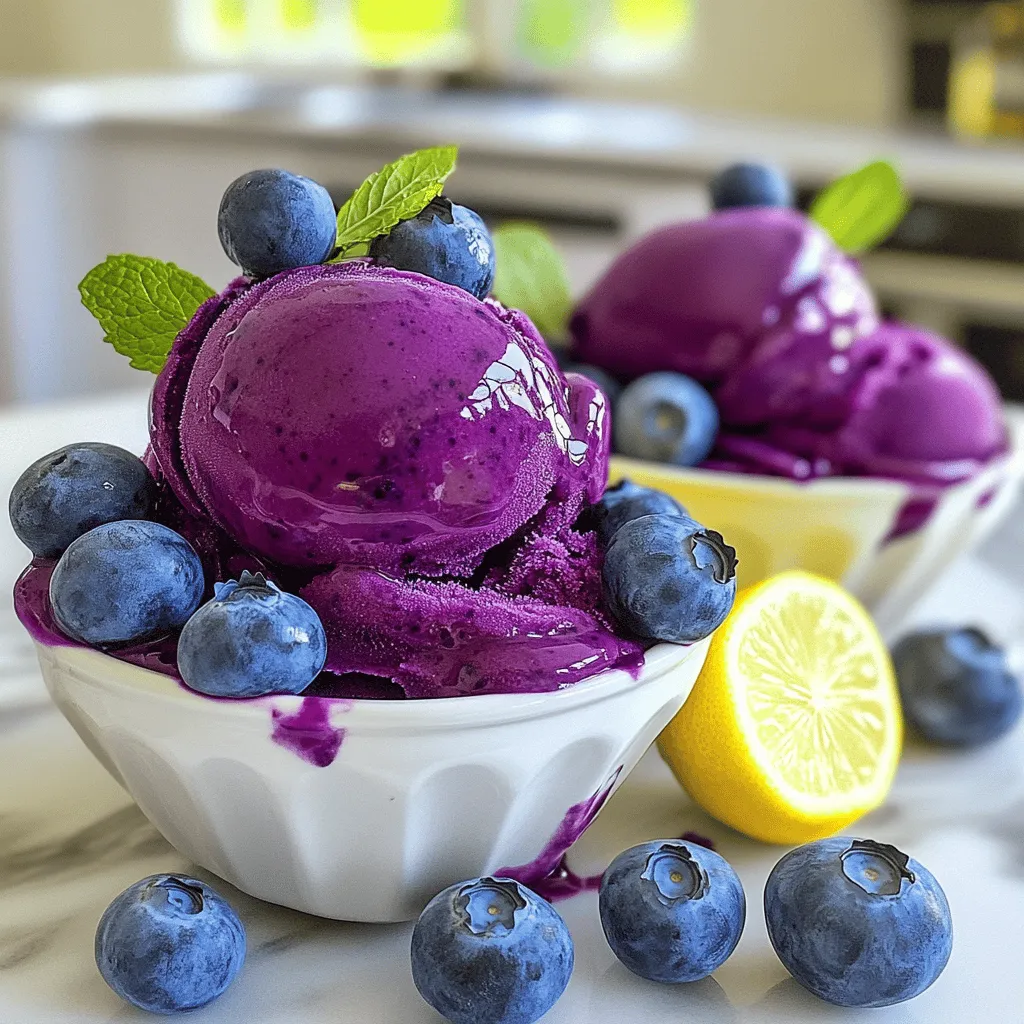




![- 400g spaghetti - 6 cloves garlic, thinly sliced - 1/2 cup extra virgin olive oil - 1 teaspoon red pepper flakes - Zest and juice of 1 lemon - 1/4 cup fresh parsley, finely chopped - Salt, to taste - Parmesan cheese shavings for serving Spaghetti Aglio e Olio is a simple dish that shines with few ingredients. Each ingredient plays a key role in the flavor. I love how the garlic brings warmth, while olive oil adds richness. The red pepper flakes give a gentle heat. When you add lemon zest and juice, it brightens the dish, making it refreshing. Fresh parsley not only adds color but also a nice herbal touch. Parmesan cheese is optional, but it gives a creamy finish. You can adjust the salt to your taste, which makes this dish even better. For the full recipe, you can find all the steps to create this savory delight! - Bring salted water to a boil - Cook spaghetti until al dente Start by filling a large pot with water. Add a generous amount of salt. Bring the water to a boil. This step is key for flavor. Once boiling, add 400g of spaghetti. Stir the pasta to prevent it from sticking. Follow the package instructions for cooking time. You want it al dente—firm but not hard. Before draining, reserve 1 cup of that starchy pasta water. It will help the sauce later. - Heat olive oil over medium heat - Add garlic and sauté until golden brown In a large skillet, pour in 1/2 cup of extra virgin olive oil. Heat it over medium heat. Wait until the oil shimmers but does not smoke. Now, add 6 cloves of thinly sliced garlic. Sauté the garlic, stirring often for about 2-3 minutes. Keep an eye on it; we want it golden brown, not burnt. This garlic will be the heart of your dish. - Stir in red pepper flakes - Toss in the cooked spaghetti with the garlic oil mixture After the garlic is golden, stir in 1 teaspoon of red pepper flakes. This adds a nice kick. Sauté for another 30 seconds to release the flavor. Now, add the drained spaghetti to the skillet. Toss it well in the garlic oil mixture. If it looks dry, add some reserved pasta water a little at a time. Incorporate lemon zest and juice to brighten the dish. Finally, season with salt and toss in 1/4 cup of fresh chopped parsley. Your Spaghetti Aglio e Olio is ready to serve! For the full recipe, check out the complete guide. To make perfect spaghetti, cook it for about 8-10 minutes. This timing can vary by brand, so always check the package. You want it firm but not hard. To test for doneness, take a strand and bite it. It should be tender but still have a slight bite. Garlic can burn easily, which makes it bitter. To avoid this, sauté it on medium heat. Stir it often and watch for a golden color. This takes about 2-3 minutes. If it turns too dark, start over. Burnt garlic ruins the flavor. Lemon adds brightness to Spaghetti Aglio e Olio. Use both zest and juice for a fresh taste. Start with half a lemon, then taste. You can always add more! For spice, red pepper flakes give a nice kick. Adjust the amount to your heat preference. A little goes a long way. {{image_2}} You can make Spaghetti Aglio e Olio even heartier by adding proteins. Grilled chicken or shrimp works great. Simply cook them separately and toss them in with the pasta. You can also add sautéed vegetables. Spinach, zucchini, or bell peppers add color and nutrition. Just sauté them in the garlic oil before mixing them with the spaghetti. To switch things up, try different herbs. Fresh basil or thyme can add a new taste. Just chop them and mix them in at the end. You can also use various cheeses for extra flavor. A sprinkle of feta or a bit of goat cheese can change the whole dish. Experiment with what you like! If you need gluten-free options, there are great pasta choices. Look for gluten-free spaghetti made from rice or corn. Other shapes like penne or fusilli also work well with this recipe. They will still soak up the garlic oil and flavors nicely. Remember, the key is to enjoy your meal in a way that works for you. To keep your Spaghetti Aglio e Olio fresh, follow these steps: - Let the spaghetti cool down. - Place it in an airtight container. - Store it in the fridge for up to three days. Use clear containers so you can see what’s inside. When it's time to enjoy leftovers, you want to keep that great taste. Here’s how: - Use a skillet on low heat. - Add a splash of olive oil or pasta water. This helps keep the spaghetti moist. Stir gently to warm it through. Can you freeze Spaghetti Aglio e Olio? Yes, you can! Here’s how: - Cool it completely first. - Place it in a freezer-safe bag. - Squeeze out as much air as you can. To thaw, move it to the fridge overnight. Reheat gently in a skillet for the best results. Enjoy your meal again! Aglio e Olio means "garlic and oil" in Italian. This dish comes from Naples, Italy. It is simple yet full of flavor. The dish uses just a few key ingredients: spaghetti, garlic, olive oil, and red pepper flakes. This style of cooking shows how basic items can create magic. Yes, you can prepare this dish ahead of time. Cook the spaghetti and toss it with oil and garlic. Store it in an airtight container in the fridge. When you want to eat, simply reheat it on low heat. Add a splash of olive oil and a bit of pasta water to keep it moist. You can serve this dish with many sides. A fresh salad with greens and a light vinaigrette works well. Garlic bread is a classic choice too. For drinks, pair it with white wine or sparkling water. These flavors balance the dish nicely. Yes, this recipe is vegetarian. It contains no meat or animal products, making it a great choice for vegetarians. If you want to make it vegan, skip the Parmesan cheese. You can also add roasted vegetables for extra texture and taste. For the full recipe, check out [Full Recipe]. In this blog post, I covered how to make Spaghetti Aglio e Olio. We discussed the key ingredients like spaghetti, garlic, and olive oil. I shared step-by-step cooking instructions and tips for perfect texture and flavor. Variations included adding proteins and experimenting with herbs. Lastly, we looked at proper storage and reheating methods. This dish shines with simplicity. With a few tweaks, it can fit any taste. Give it a try and enjoy!](https://foodishtalk.com/wp-content/uploads/2025/05/5e0e473c-4389-4105-aba1-c254e8021b91-300x300.webp)

![- 4 slices of hearty bread (sourdough or whole grain) - 4 large eggs - 1 cup shredded mozzarella cheese - 1/2 cup grated Parmesan cheese - 1/2 teaspoon garlic powder - 1/2 teaspoon dried oregano - 1/4 teaspoon red pepper flakes (optional) - Salt and pepper to taste - 2 tablespoons fresh chives or parsley, chopped - 2 tablespoons olive oil or melted butter You can change up the cheese to fit your taste. Try cheddar or feta for a new flavor. For bread, any crusty loaf works well. You can use gluten-free bread too. If you want a dairy-free option, use a plant-based cheese. To make this dish, you need a baking sheet, parchment paper, and a mixing bowl. These tools help make the process easy and fun! - Preheat your oven to 375°F (190°C) and prepare a baking sheet lined with parchment paper. This makes cleanup easy. - Use a knife to cut a large 'X' into the center of each slice of bread. The cut should not go all the way through. This creates a well for the egg. - Carefully crack one egg into the well of each slice of bread. Be gentle to keep the yolks intact. - In a mixing bowl, combine 1 cup of shredded mozzarella cheese, 1/2 cup of grated Parmesan cheese, 1/2 teaspoon of garlic powder, 1/2 teaspoon of dried oregano, and salt and pepper to taste. Mix everything well. - Now, spoon the cheese mixture over each egg in the bread wells. Let it spill over slightly for a cheesy delight. - Bake in the preheated oven for 15 to 20 minutes. You want the egg whites to be set and the yolks runny while the cheese becomes bubbly and golden. Enjoy the delicious aroma as it bakes! For the full recipe, check out the [Full Recipe]. To get perfectly runny yolks, bake the toast just right. Watch the time closely. You want the egg whites set, but the yolks soft. Start checking at 15 minutes. If they need more time, keep an eye on them. An oven thermometer is key for great results. Ovens can be off by a few degrees. Using a thermometer helps ensure you bake at the right temperature. This makes a huge difference in how your toast turns out. For a lovely presentation, serve your cheesy baked egg toast on a rustic wooden board. It adds a nice touch. You can also use a colorful platter to brighten up your table. Garnish with fresh herbs for added color. Pair your toast with a fresh side salad or sliced avocado. This adds freshness and makes your meal more filling. You can also serve it with a side of fruit for a sweet balance. You can add more flavor with extra seasonings. Try smoked paprika for a smoky taste or chives for a fresh bite. Experiment with herbs like thyme or basil to change the profile. Incorporating veggies is a great way to make it healthier. Spinach, tomatoes, or bell peppers add color and taste. Just chop them finely and sprinkle on top of the egg before baking. This way, you create a tasty and nutritious dish. For the full recipe, check out the recipe link. {{image_2}} To make your cheesy baked egg toast even better, add some veggies. You can mix in fresh spinach, diced tomatoes, or colorful bell peppers. These veggies add flavor and nutrition. Simply sauté them for a few minutes before adding to the bread wells. This small step makes your toast bright and healthy. Want to boost the protein? Add cooked bacon or sausage to the mix. Chop the meat into small pieces and sprinkle them over the egg before adding cheese. This change makes your breakfast heartier and more satisfying. Plus, the smoky flavor pairs well with the eggs and cheese. You can also give your toast a global flair. For a Mexican twist, add sliced jalapeños and creamy avocado. The heat from the jalapeños makes it exciting. The avocado adds a rich, smooth texture that balances the dish. For an Italian version, use pesto and ricotta cheese. Spread a layer of pesto on the bread before adding the egg. Then dollop ricotta on top. This combo brings fresh herbs and creamy goodness, making your breakfast feel gourmet. For the full recipe, check out the detailed instructions. Each variation will make your cheesy baked egg toast unique and delicious. To store uneaten cheesy baked egg toast, let it cool first. Place the toast in an airtight container. Keep it in the fridge for up to three days. Make sure to seal it well to avoid drying out. You can also wrap each piece in plastic wrap for extra protection. The best way to reheat this dish is in the oven. Preheat your oven to 350°F (175°C). Place the toast on a baking sheet. Heat for about 10 minutes, or until warm. This method keeps the bread crispy and the cheese melty. You can also use a microwave, but the texture may change. If using a microwave, heat for 30 seconds to 1 minute. For long-term storage, you can freeze cheesy baked egg toast. Wrap each piece in plastic wrap, then place it in a freezer bag. This will keep it fresh for up to three months. When ready to eat, thaw it in the fridge overnight. Then, reheat in the oven to restore its original taste. Freezing is a great way to enjoy this dish later without losing flavor. Can I make cheesy baked egg toast ahead of time? Yes, you can prepare the bread and cheese mix ahead. Store them separately in the fridge. Then, just add the eggs and bake when ready. What can I substitute for eggs? You can use silken tofu or chickpea flour mixed with water. Both options work well and keep the dish tasty. How do I make it spicier? Add more red pepper flakes or diced jalapeños to the cheese mix. For a smoky flavor, try adding chipotle powder. What to do if the bread is soggy? Make sure to pre-bake the bread for a few minutes before adding the eggs. This step helps it become crispier. How to fix overcooked eggs? If the eggs are overcooked, you can try adding a bit of cream or butter on top. This can help add moisture back. Caloric content and dietary considerations of cheesy baked egg toast One serving contains about 350 calories. It offers protein from eggs and cheese, plus carbs from bread. Adjust ingredients for dietary needs. For a lower calorie option, use whole grain bread and less cheese. In this post, we shared how to make cheesy baked egg toast. You learned about the key ingredients, common substitutions, and helpful tools. We also covered step-by-step instructions, along with tips for cooking and serving. You can customize this dish with veggies or proteins for unique flavors. Remember to store leftovers properly and reheat them to stay tasty. Enjoy experimenting with this dish and make it your own!](https://foodishtalk.com/wp-content/uploads/2025/05/65f90d16-69e8-4979-8ca8-4abdcd011212-300x300.webp)
